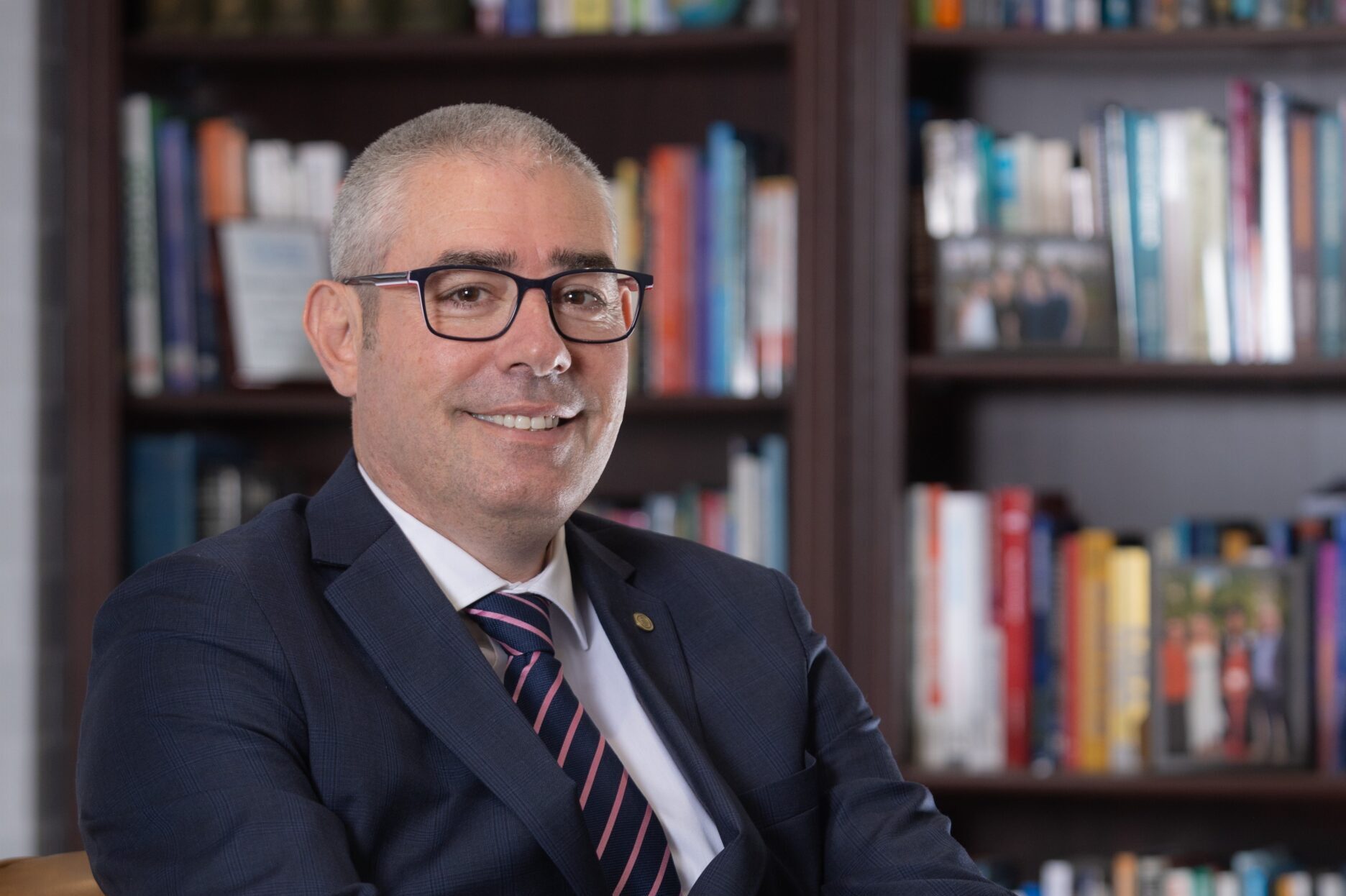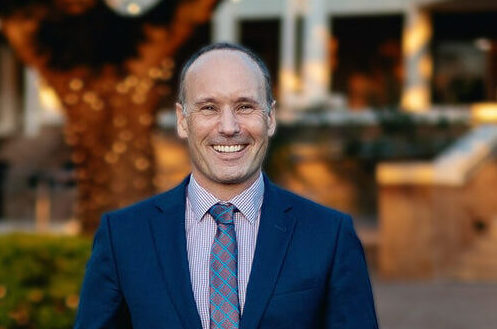As an educational consultant whose role it is to assist School Boards with one of their most important tasks: the search and appointment of the next Principal, I understand the pressure that they are under. As the COVID years drag on, and more and more leaders decide to step away from the increasing complexity of leading trauma affected school communities, the task of attracting potential Principals is becoming more challenging. I am reminded by a time in my life when I was assisting a Church in the appointment of a new Minister, but after reviewing the draft position description, the comment was made: “If Jesus himself applied, I am unsure as to whether he would actually meet the criteria for the job!” So I am going to call it…it is time to confine the myth of the solo, hero leader, fearlessly taking hold of the school and guiding it safely through troubled waters, to the annuls of history and seek to really embrace a more distributed, integrated model of leadership.
Having worked in and out of education for thirty years, my observation is that schools today are just too complex, pedagogically, socially, culturally, spiritually, and financially, for a single leader to operate from a hierarchical position. For some time now, the Catholic and Government sectors have implemented a shared arrangement – appointing Co-Principals, where the role is divided according to expertise, interest and skills, along with partnering complimentary personality types. Some Catholic schools have the role of Principal and Rector, where one leader is responsible for the educational leadership of the school, and the other is responsible for the spiritual leadership of the school. However, with The Australian Principal Occupation Health, Safety and Wellbeing Survey 2020 finding 6.8 per cent of school leaders planned to retire in 2021 and NESLI stating that there will be an estimated 5,000 Principals stepping out of leadership in the next five years, one way we may need to be a little more creative in our thinking, is to utilize the expertise that is exiting our profession. Pairing an aspirant Principal with a similar profile of experienced Principal for a transition period of 12 months – working together in the school, may be a way to ensure that the knowledge and wisdom that comes from leading a school through a range of complex challenges can be shared with less experienced leaders. Utilising an experienced Critical Friend who is an experienced leader in residence for twelve months could also alleviate the cognitive load on current Principals. The role of the executive mentor or coach can often take place at a distance, whereas if it was brought into the school, the isolation that Principals feel of shouldering the greater responsibility of leading a school could be reduced.
But moving from the role of Principal, what about new ways of considering executive leadership teams?
A new model requires consciously constructed executive teams with complimentary, yet divergent skills and an agile and developmental mindset. When a member of the executive departs, expertise, discernment and data should be used to determine the ideal skillset, leadership profile, personality, behaviours and background to contribute to high performing teams.
No one leader can possess all the elements required in equal measure, so rather than just placing a principal and the Board trusting the appointment will ’gel’ with the rest of the team, a formal gap analysis should be undertaken and steps to ensure a balanced leadership executive is established. We should acknowledge that large schools are significant non for profit businesses with budgets of tens of millions of dollars and sometimes hundreds of millions of dollars in assets. I do firmly believe that schools must be led by educators, but with the support of experts in change management, risk analysis, coaches in executive team dynamics and effectiveness, human relations, talent acquisition, and public relations, media, legal, philanthropy, strategising and marketing. Naturally some on ground educational leadership knowledge and expertise is needed to implement the day to day operations, but the leading schools are powering up and supplementing their executive with external commercial expertise.
What does this new executive model of leadership augmented with commercial grade support mean for leaders? Does this create stress or relieve it for already overworked principals? Reflective leaders already know the landscape has changed, and many have already taken the first steps in using external professionals and consultants. The final step is to open their own leadership teams to external experts and accept guidance in developing the whole executive into the very best individual and collective versions of themselves. Only by doing this and sharing the burden will the role of Principals become manageable again and a pathway once again desired by emergent leaders.
The famous French writer, journalist, pioneering aviator and WWII war hero, Antoine de Saint-Exupéry, famously said “A goal without a plan is just a wish” my contention is hope without an intent to change is just a dream.
https://www.principalhealth.org/reports.php Research for Educational Impact – Deakin University
About the author:
Fiona Hutton is the Founder & Managing Director of Hutton Consulting Australia

Recent Posts
LEADREAD 3: Invisible labour: Principals’ emotional labour in volatile times

LEADREAD 2: Executive Functions Conceptual Framework and Relevance for Education

Leading and Learning: Insights from Principals

Leading & Learning: Insights from Principals

LEADREAD 1: Portrait of a Leader
